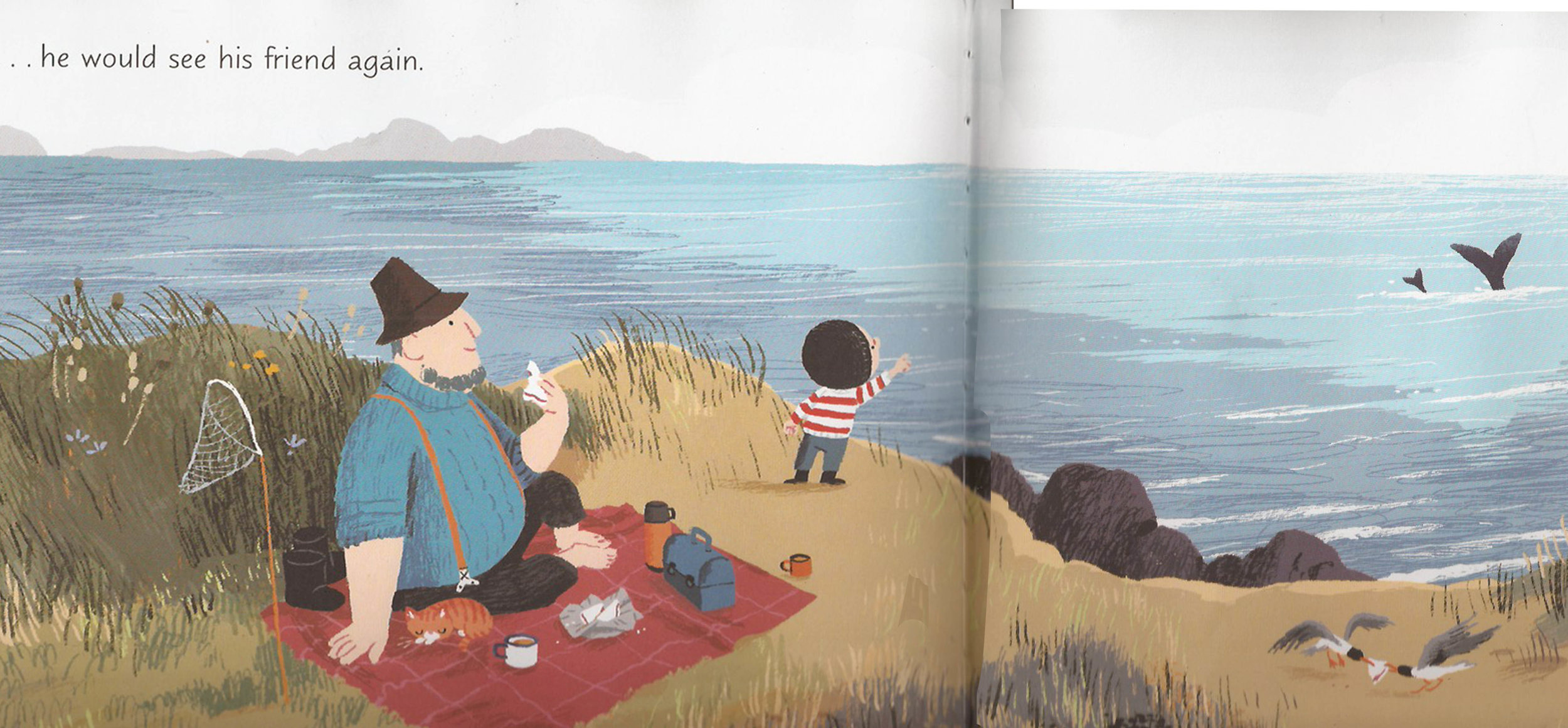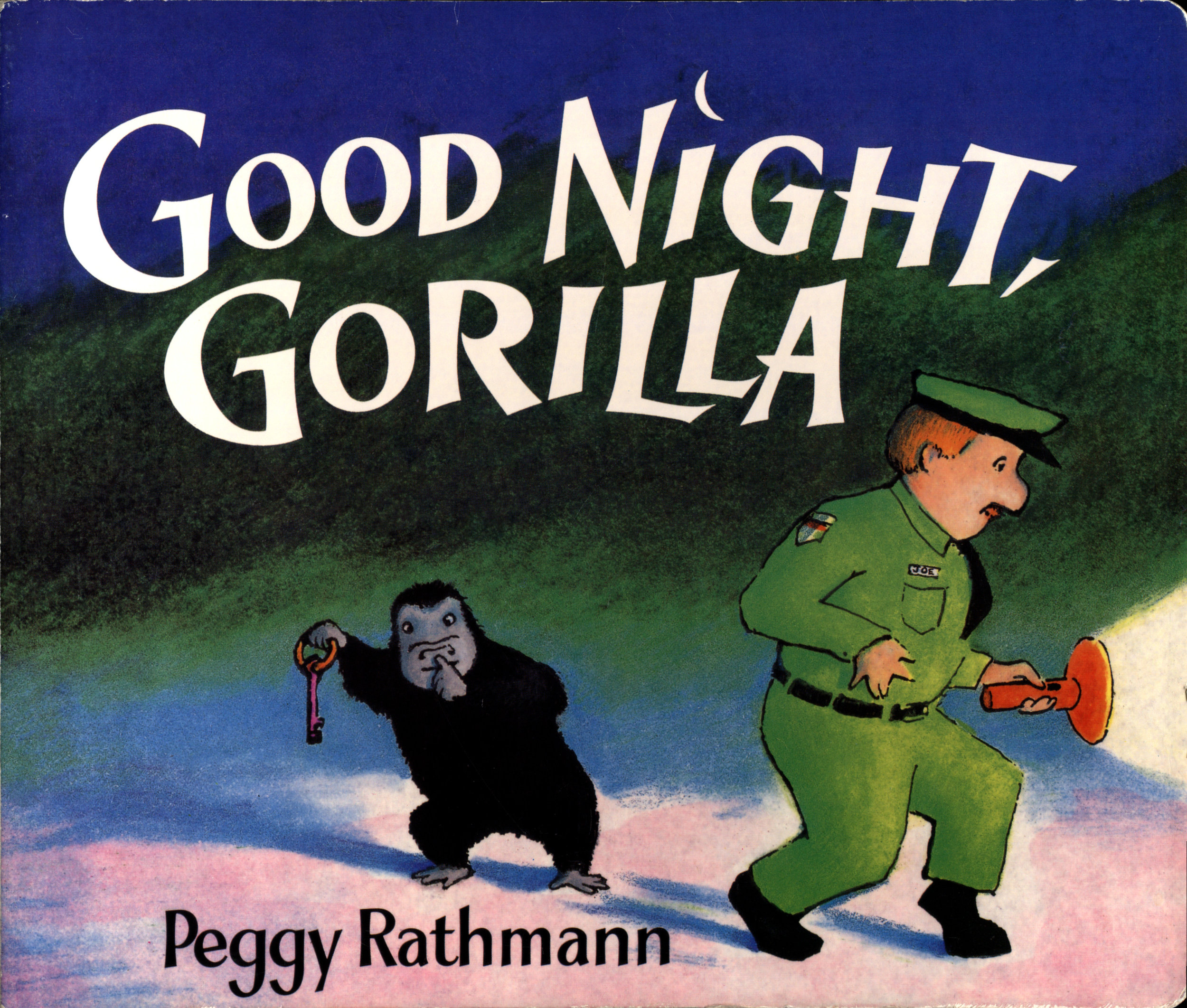I write this now in the wake of the devasting news of the fire that destroyed parts of the cathedral of Notre Dame. At this time, it is still unclear how much damage has occurred, how much has been lost, but words like catastrophic do not seem out of place. This image is particularly hard to wrap my head around because, just a few days ago, I was there with my family, gazing at the towering white walls, marveling at the feat of art and architecture and beauty and craftsmanship.
I cannot imagine the grief and shock that many Parisians must be feeling now. I am not French, nor am I Catholic, and my recent visit to Paris was just that, a visit. I did not grow up in the shadow of the cathedral, have never attended a mass there. But as a person of faith and as a lover of art, my heart does go out to all of those people, living and dead, who hold and have held this holy space so dear. I feel lucky to have seen it and walked in its walls, head back, eyes up, awed. I feel lucky that I was able to share that awe with my wife and daughter.
And I think about that word awe. We live in a time when we call all sorts of things awesome, and in doing so, we have cheapened the word. In his series of famous poems, The Duino Elegies, the German poet Rainer Maria Rilke tries to define this feeling of being awestruck, of being in contact with something so beautiful, so infinitely beyond your imagining, that you are overwhelmed. For Rilke, this feeling comes as he tries to imagine encountering an angel:
and even if one of them pressed me
suddenly against his heart: I would be consumed
in that overwhelming existence. For beauty is nothing
but the beginning of terror, which we still are just able to endure.
And we are so awed because it serenely disdains
to annihilate us. Every angel is terrifying.
(from the First Elegy, trans. Stephen Mitchell)
This may seem to harken back to a kind of Old Testament God, one that is feared as much as loved. And with terror being such a loaded word in today’s context, it may seem odd to connect it with the experience of beauty. But I think what Rilke tries to express is that overwhelming sense one gets in the face of a beauty that is larger than any one person, a feeling akin to standing at the edge of the ocean during a storm. There is so much power there, in that immensity, and it could annihilate me if it chose to, but it has no need. Instead it exists serenely; it just is.
In a way, experiencing Notre Dame was like that for me. Taken as a whole, it feels immeasurable. You cannot see it all at once. You lose your place within it. But in a different way, I found parts of it incredibly human-scaled and intensely close to hand. For example, passing by the sculptures that depict the blessed and the damned, I could imagine the sculptor, whoever he was, working with the stone, chiseling out the curve of a heel or the strap of a sandal. In the same way, touching the wooden railing as I climbed the steps, I thought of that piece of wood on a lathe. Someone, at some point, worked over it, turned it, put his hands to it and made it what it became.
So now comes the hard part, rhetorically speaking. The part where I segue into picture books. Maybe I don’t need to, maybe just writing about the cathedral is enough, but the truth is, when I was there in Paris, I had a moment of understanding that is speaks to this same back and forth, between the immensity of the unknowable and the familiarity of the known, between the grandness of the towering arches and the humanity of the sandal strap.
This occurred to me not in the cathedral, but in the nearby Saint Chapelle. Saint Chapelle is another amazing visual experience, a chapel filled with towering arches of stained glass. My family and I walked into it through the first set of doors, which placed us in a relatively low-ceilinged chamber where they have set up a bookstore and gift shop. A little disoriented, we looked for the “real” entrance, only to find a small spiral staircase leading up. We were not ready for what awaited us. The overwhelming wash of color that streamed through the glass in the chapel, even on an overcast day, was incredible. The word symphonic comes to mind, as I imagine that if I had synesthesia, this vision would induce a gorgeously large, perfectly harmonious chord.
Again, there is immensity. But as I gained my footing, I began to look at some of the individual pieces, or frames, in the glass, and realized that each one was basically a story. This idea is, of course, nothing new; cathedrals are often called liber pauperum or “the poor person’s book,” but I was understanding and experiencing it in a new way, in part because I was looking at these pieces through the eyes of an illustrator, and in part because I was there with my daughter, who is still freshly learning some of the Bible stories they depicted.
So, we go back to this push and pull between the overwhelming effect of the windows as a whole, and the narrative information contained in the details of each frame. You can lose yourself to the wash of color and light, then find yourself again in the familiar figures and stories. But what struck me, too, is that there are some frames that are simply too high to see clearly. From my perspective on the floor of the chapel, these frames can evoke narrative, but I couldn’t say for sure what those narratives were.
All of this, the patterns, the iconography, the translucent colors, and the sense of an evoked story reminded me of the work of an artist I love, Pamela Zagarenski. Zagarenski has won the Caldecott Honor twice, once for her illustrations in Sleeps Like a Tiger, written by Mary Logue and once for her work on Red Sings from Treetops: a Year in Colorwritten by Joyce Sidman. Throughout her work, Zagarenski populates her page with characters and animals, tea cups and magi, decorative bits of heraldry and what seem like alchemical notations.
I see in Zagarenski’s illustrations an insistent push toward more story. That is, these paintings, with their unnecessary but enchanting crowns and wheels, the suns and moons and flags and textures, all seem to invite us, as viewers, to imagine more story than what is spelled out by the text. When I say “unnecessary,” I don’t mean to be derogative or dismissive. I just mean that these images are not called for by the words. There is nothing to suggest that the characters are royal. So the crowns then function on some other level, suggesting a kind of kingliness or royalty of spirit, maybe. They provoke questions; they evoke story.
Now, in a sense, that is true of most good illustration. The images should do more than just echo the words. But Zagarenski’s pieces seem to take it to an entirely different level, suggesting worlds of story at the edges and in the background, in the details that might get overlooked on a first read. They help create a dizzying sense of possibility, all while maintaining the clear narrative of the actual text. That push and pull is amazing to me, both incredibly inspiring and ultimately uplifting.
And this finally seems to be one of art’s gifts to us. In those moments between bewilderment and recognition, at the beginning of beauty and the edge of terror, art offers us this serenity, this enlarging of our selves, this grace.



















